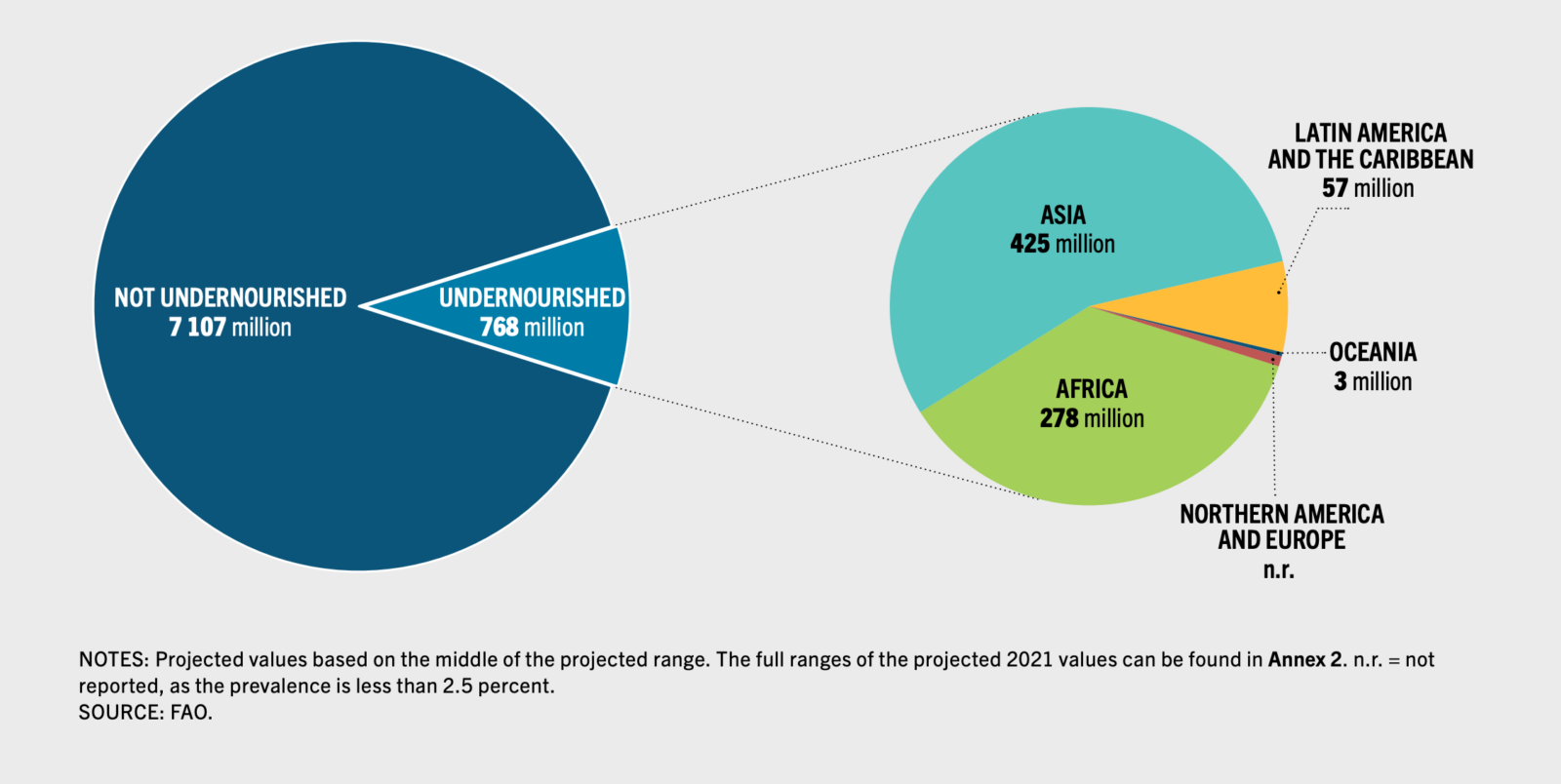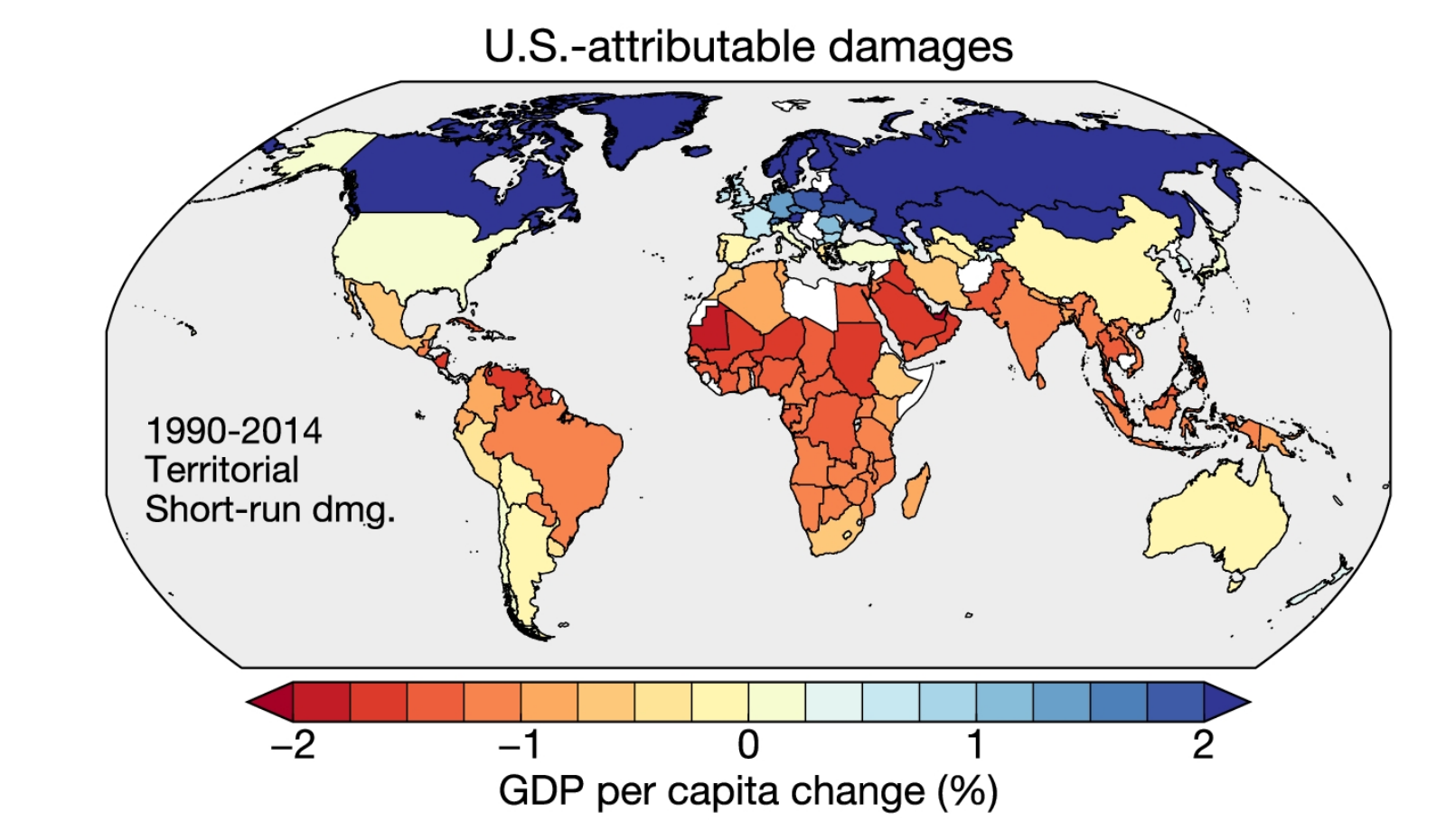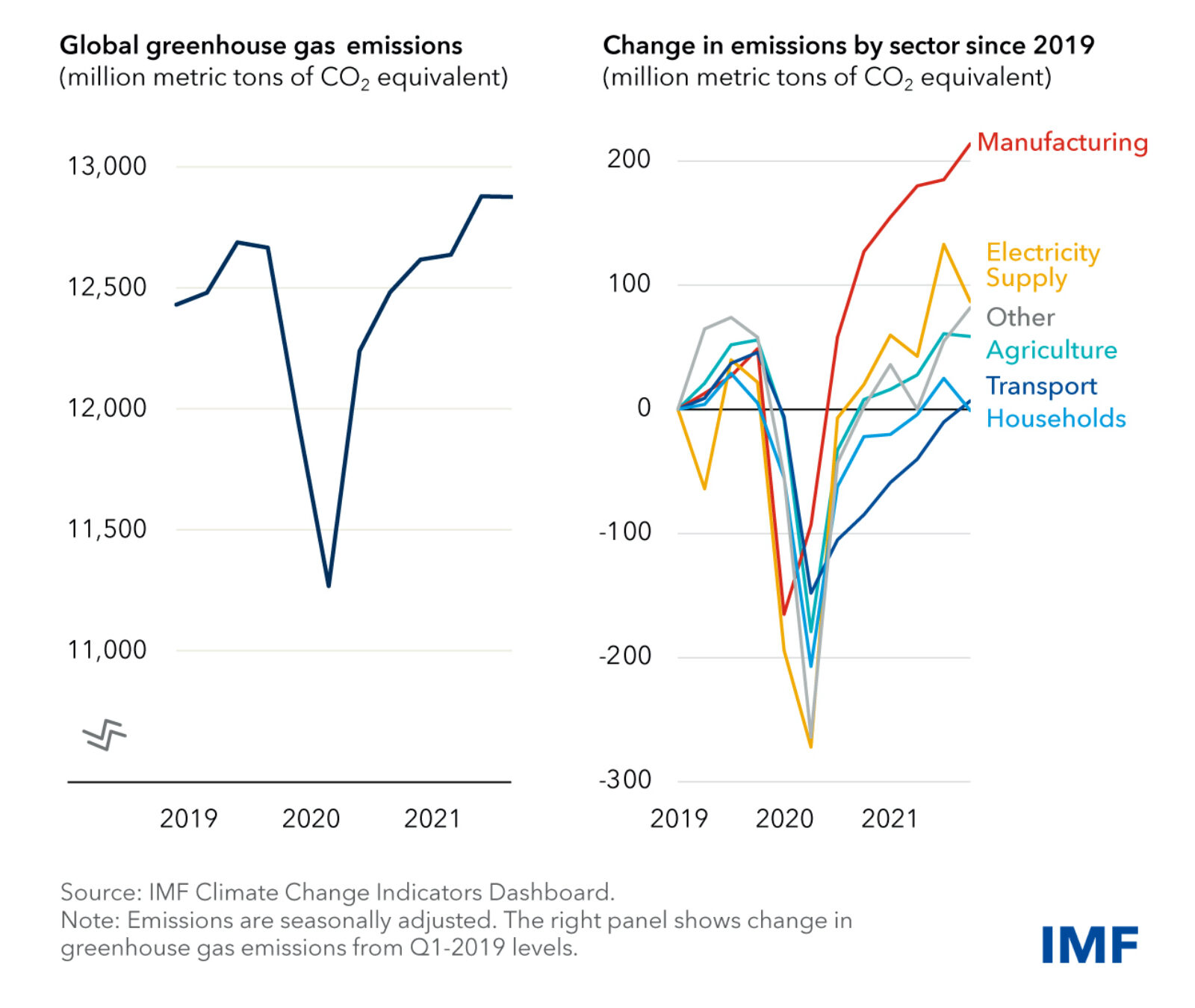Real Wages Fail to Keep Up As Inflation Bites
Real wages are falling, despite the pay hikes over the past three years. While nominal wages have increased 9% in the U.S. since March 2019 off the back of a hot labor market, when paired with the impacts of the pandemic and inflation of 8.6%, real incomes are down by 1%.
For employers, recession and inflation leave little room for continued wage hikes. Yet, companies are scrambling to fill vacancies. Job openings still outnumber the number of people looking for work by almost two to one, according to U.S. jobs data.
To attract and retain workers, employers need to cater to the changed needs and demands of the post-pandemic workforce. More than eight in 10 employees said they would forgo a pay increase in return for other benefits — the top benefit being more control over their work schedule, according to a Mercer study.
More well-being benefits and the ability to work from anywhere were also highly desired. Companies in the U.K. are experimenting with a four-day work week, and employers putting programs in place to support caregivers show how firms are trying to respond to a broader set of employee needs to remain competitive in the talent market.





